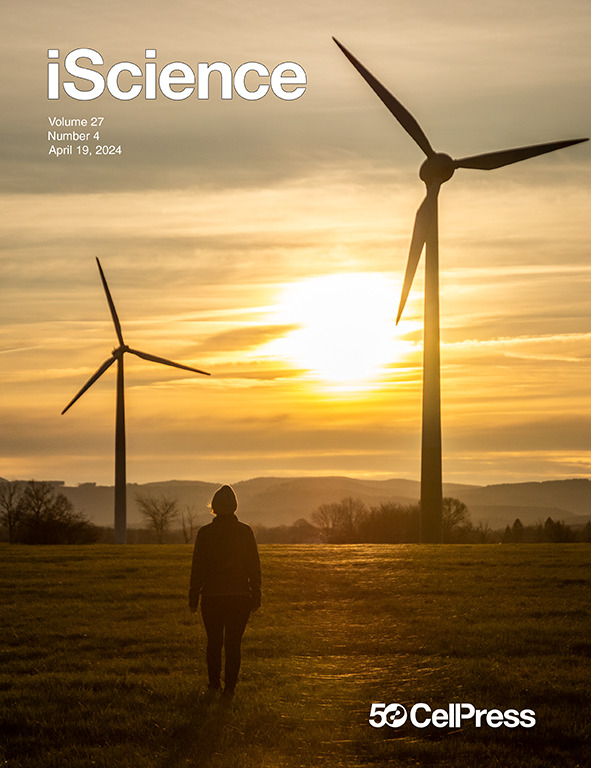Myopic versus perfect foresight target setting for Indonesia’s net zero electricity transition
IF 4.6
2区 综合性期刊
Q1 MULTIDISCIPLINARY SCIENCES
引用次数: 0
Abstract
In the effort to align with Paris goals, decision-makers set targets that usually concern milestones earlier than 2100. These targets can be derived from different considerations of long-term implications of actions. This study investigates the implications of deciding on emissions targets based on myopic vis-à-vis perfect foresight using long-term energy system optimization model. The study reveals cost discrepancies correspond to the gaps between emissions derived from mixed integer linear programming (MILP) solution in perfect foresight scenarios versus exogenous values in myopic scenarios. When considering myopic approach, our study suggests that avoiding drastic emissions reduction can deliver minimum cost discrepancies relative to what can be achieved with perfect foresight. However, this poses a dilemma where less drastic emissions targets may risk increasing fossil power generation under lenient emissions reduction targets. Complementing less drastic emissions reduction targets with more ambitious policies promoting renewables is necessary to avoid the risk of increased reliance on fossil power generation.

印尼净零电力转型的短视与完美远见目标设定
为了与《巴黎协定》的目标保持一致,决策者设定的目标通常涉及2100年之前的里程碑。这些目标可以从对行动的长期影响的不同考虑中得出。本文利用能源系统长期优化模型,探讨了基于近视vs -à-vis完美预见的排放目标决策的意义。研究表明,成本差异对应于完全预见情景下混合整数线性规划(MILP)方案与近视眼情景下外生值的排放差距。当考虑到短视的方法时,我们的研究表明,避免大幅减排可以带来最小的成本差异,相对于完美的远见可以实现的目标。然而,这带来了一个两难境地:在宽松的减排目标下,不那么严格的排放目标可能会增加化石燃料发电的风险。为了避免越来越依赖化石能源发电的风险,有必要在不那么激进的减排目标之外,制定更有雄心的政策来促进可再生能源的发展。
本文章由计算机程序翻译,如有差异,请以英文原文为准。
求助全文
约1分钟内获得全文
求助全文
来源期刊

iScience
Multidisciplinary-Multidisciplinary
CiteScore
7.20
自引率
1.70%
发文量
1972
审稿时长
6 weeks
期刊介绍:
Science has many big remaining questions. To address them, we will need to work collaboratively and across disciplines. The goal of iScience is to help fuel that type of interdisciplinary thinking. iScience is a new open-access journal from Cell Press that provides a platform for original research in the life, physical, and earth sciences. The primary criterion for publication in iScience is a significant contribution to a relevant field combined with robust results and underlying methodology. The advances appearing in iScience include both fundamental and applied investigations across this interdisciplinary range of topic areas. To support transparency in scientific investigation, we are happy to consider replication studies and papers that describe negative results.
We know you want your work to be published quickly and to be widely visible within your community and beyond. With the strong international reputation of Cell Press behind it, publication in iScience will help your work garner the attention and recognition it merits. Like all Cell Press journals, iScience prioritizes rapid publication. Our editorial team pays special attention to high-quality author service and to efficient, clear-cut decisions based on the information available within the manuscript. iScience taps into the expertise across Cell Press journals and selected partners to inform our editorial decisions and help publish your science in a timely and seamless way.
 求助内容:
求助内容: 应助结果提醒方式:
应助结果提醒方式:


